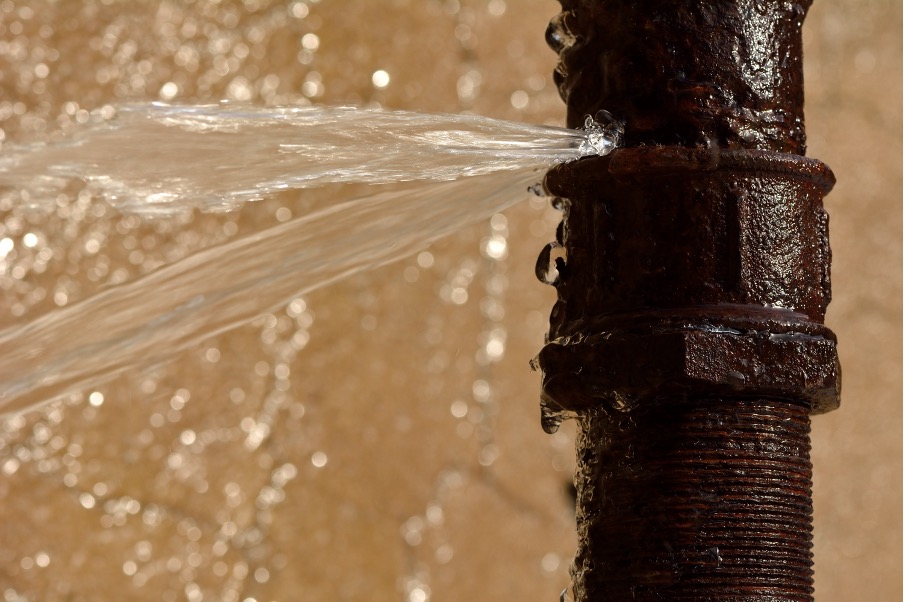The article listed below relating to Detecting hidden plumbing leaks is extremely intriguing. Read it for your own benefit and see what you think of it.

Early detection of dripping water lines can mitigate a prospective calamity. Some tiny water leakages might not be visible.
1. Take A Look At the Water Meter
Every house has a water meter. Checking it is a surefire manner in which aids you uncover leaks. For starters, shut off all the water sources. Guarantee nobody will certainly purge, make use of the tap, shower, run the cleaning device or dish washer. From there, most likely to the meter and also watch if it will certainly transform. Given that no person is using it, there should be no motions. That suggests a fast-moving leak if it moves. If you discover no modifications, wait an hour or two and also check back once more. This indicates you may have a slow-moving leak that can also be underground.
2. Examine Water Consumption
If you identify unexpected modifications, in spite of your consumption being the same, it suggests that you have leakages in your plumbing system. An unexpected spike in your costs suggests a fast-moving leak.
A consistent rise every month, also with the very same habits, reveals you have a slow-moving leakage that's likewise gradually intensifying. Call a plumber to completely inspect your property, especially if you feel a warm area on your flooring with piping below.
3. Do a Food Coloring Test
When it comes to water usage, 30% comes from bathrooms. If the color in some way infiltrates your bowl throughout that time without flushing, there's a leak between the container as well as bowl.
4. Asses Outside Lines
Don't forget to check your outdoor water lines as well. Must water leak out of the link, you have a loosened rubber gasket. One small leak can squander lots of water as well as increase your water costs.
5. Evaluate as well as Evaluate the Situation
House owners ought to make it a habit to examine under the sink counters and also inside cupboards for any type of bad odor or mold and mildew development. These 2 red flags show a leak so punctual interest is called for. Doing routine evaluations, even bi-annually, can conserve you from a major problem.
If you know your house is already old, maintain a careful eye on your heating systems, hoses, pipes etc. Check for discolorations as well as damaging as most pipelines and appliances have a life span. They will certainly also naturally deteriorate as a result of damage. Don't wait for it to escalate if you believe leaking water lines in your plumbing system. Call a specialist plumber as soon as possible so you don't wind up with a terrible mess in your house.
Early detection of leaking water lines can mitigate a prospective catastrophe. Some small water leaks may not be noticeable. Examining it is a proven means that assists you discover leaks. One tiny leakage can throw away bunches of water and also increase your water expense.
If you think dripping water lines in your plumbing system, do not wait for it to rise.
WARNING SIGNS OF WATER LEAKAGE BEHIND THE WALL
PERSISTENT MUSTY ODORS
As water slowly drips from a leaky pipe inside the wall, flooring and sheetrock stay damp and develop an odor similar to wet cardboard. It generates a musty smell that can help you find hidden leaks.
MOLD IN UNUSUAL AREAS
Mold usually grows in wet areas like kitchens, baths and laundry rooms. If you spot the stuff on walls or baseboards in other rooms of the house, it’s a good indicator of undetected water leaks.
STAINS THAT GROW
When mold thrives around a leaky pipe, it sometimes takes hold on the inside surface of the affected wall. A growing stain on otherwise clean sheetrock is often your sign of a hidden plumbing problem.
PEELING OR BUBBLING WALLPAPER / PAINT
This clue is easy to miss in rooms that don’t get much use. When you see wallpaper separating along seams or paint bubbling or flaking off the wall, blame sheetrock that stays wet because of an undetected leak.
BUCKLED CEILINGS AND STAINED FLOORS
If ceilings or floors in bathrooms, kitchens or laundry areas develop structural problems, don’t rule out constant damp inside the walls. Wet sheetrock can affect adjacent framing, flooring and ceilings.
https://www.servicemasterbyzaba.com/blog/how-to-detect-water-leakage-in-walls/

I was introduced to that write-up on Detecting hidden plumbing leaks through an associate on a different site. I beg you take the time to promote this post if you enjoyed reading it. I treasure reading our article about Detecting hidden plumbing leaks.